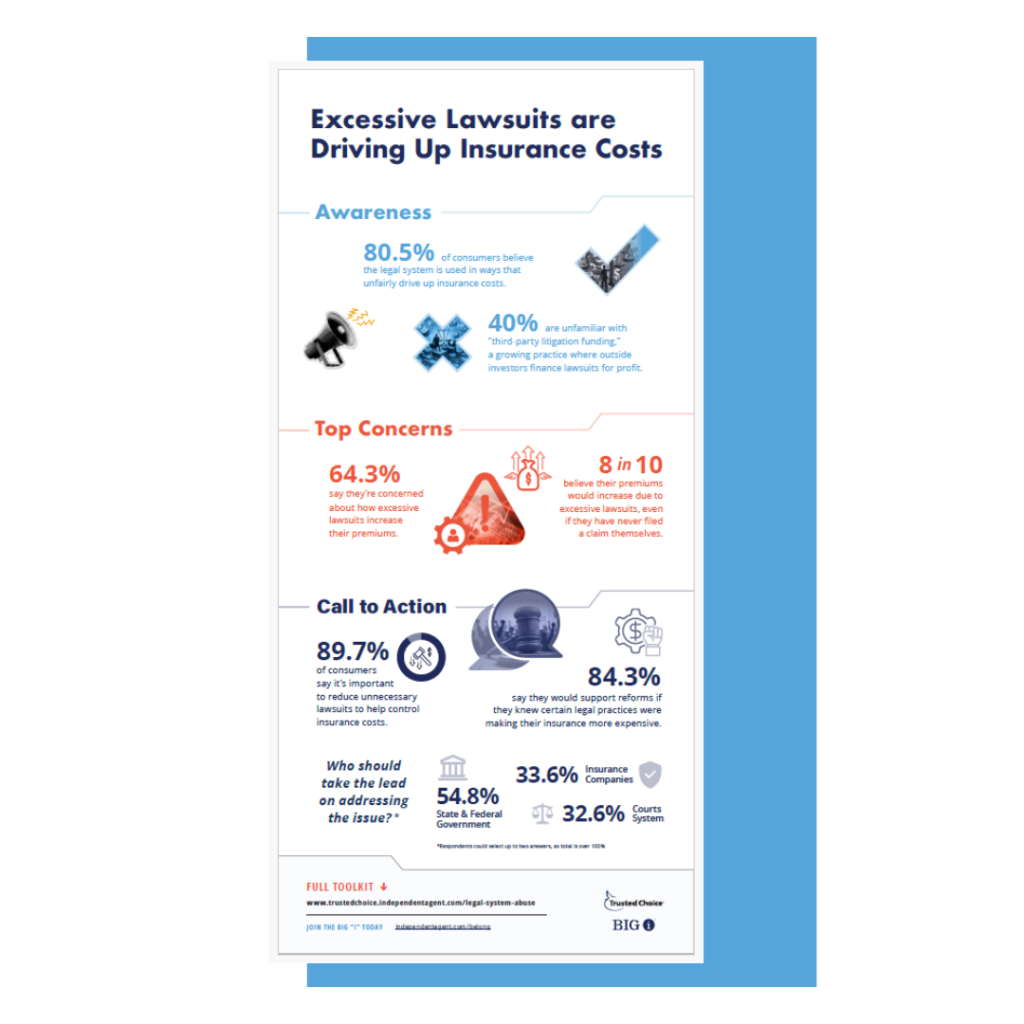Creating Achievable Goals and Objectives
If your staff is confused about the difference between goal setting and action planning read this clarifying article. The process should create synergy among all employees as well as achievable goals for the agency.
|
Every year Agency Consulting Group, Inc. helps agents create and implement their Tactical (Annual) and Strategic (long-term) Plans for progressing their agencies’ growth and profitability. And, until an agency has planned for several years, the problems always involve ‘disconnects’ between long-range goals, next year’s goals (the agency’s Objectives) and the activities that agency staff does every day to achieve those goals (Action Plans). Like magic, once the participants see the light and understand what they do on a daily basis impacts the agency’s annual performance as well as their own compensation, Long Term Goals seem to mesh with Annual Objectives and the staff clearly sees the difference between Objectives and Action Plans. Until that moment is reached, agency staff tends to lean toward activities instead of objectives and this muddies, rather than clears, the path to success. Strategic Goals for a business define where it wants to be after several years of development. Annual Objectives define what the business must do in a single, significant area of performance by the end of the year in question in order to progress toward its long-term strategic goals. Action Plans are activities, the conduct of which will likely permit the achievement of the objective. Benchmarks are the monthly measuring stick that estimates a measurable point at which the results should be each month if the action plan has been implemented and is working properly for the stated Objective. The two greatest problems with most beginner planners is 1) creating action plans without knowing the objective, and 2) assuming that they have to create their own action plans without help when they have spent years not achieving goals through those same activities. Action Planning without first creating ROAM (Realistic, Objective (rather than subjective), Achievable and Measurable) Objectives are like shooting arrows with a bow one after another without having a target at which to shoot. Yes, you may be fast on the draw. Yes, you may lose all your arrows. But you have no idea where they are going to land. A really stupid game we used to play at camp when the counselors weren’t looking was shooting an arrow as close to straight up as we could and then scurrying about trying to avoid being hit by the descending projectile. The best I can say about that practice in my youth is that the surviving members of our little band of idiots are now quite successful at each of their trades. But the reality exists that launching an arrow without knowing where it is going to land is both foolhardy and a wasted task. And so is creating and implementing action plans without having solid Objectives at which to “shoot” the action plans. The second thing that takes many individuals and groups years to comprehend is that they form a much greater mind-pool combined than any one of them do individually. Every Objective gets an “owner.” That owner is not expected to complete the Plan or Action Plans on their own – they are just expected to manage the process to the end that every Objective is clearly stated and carries achievable Action Plans and reasonable Monthly Benchmarks. Yet for the first several years, each participant or each group feels that it is a personal failure if they can’t create workable Action Plans or Benchmarks without outside help. In fact, without asking others within their organizations whether it be the owners, managers, other staff members or asking outside the organization the consultants and other advisors for their input and feedback, they are doomed to repeat the same results achieved previously with only slight variations in ideas that they believed were viable in prior years. So if the results were not exactly what they desired, the new results were just as likely to fall short of desired levels. The answer is to form the Objectives and validate them with as many people outside of the work circle as possible. Once you are comfortable that all involved buy into the Objective as reasonable (qualifying for all the ROAM criteria), then create whatever Action Plans you or your team can establish as likely to achieve the objective. Whether you can innovate to new action plans or not, test them with managers, owners and other staff members and counselors long before proposing them in the Strategic Planning meeting. Change and polish them until everyone you ask feels that the Action Plans a) can be done, b) will likely achieve the results in the Objective, and c) are properly cost-justified (how much with it cost vs. the benefit). This creative effort using ALL available resources give the Objective owner confidence in the reasonability of the Objective, Action Plan and Benchmarks and creates a feeling of synergy in an organization that has previously thrived on individual performance and blame. We are ALL involved in the success of the agency and we all drown if there is a hole in the ship – even if the hole is not in our compartment. Most agencies don’t foster synergy and sharing. Mature strategic and tactical planning fosters that and eliminates the defensiveness encountered in most small, closely held businesses.
Copyright 2014 by Agency Consulting Group, Inc. All rights reserved. Reprinted with permission. For dozens of agency management articles, go to www.agencyconsulting.com. |
Copyright © 2025, Big “I” Virtual University. All rights reserved. No part of this material may be used or reproduced in any manner without the prior written permission from Big “I” Virtual University. For further information, contact nancy.germond@iiaba.net.









